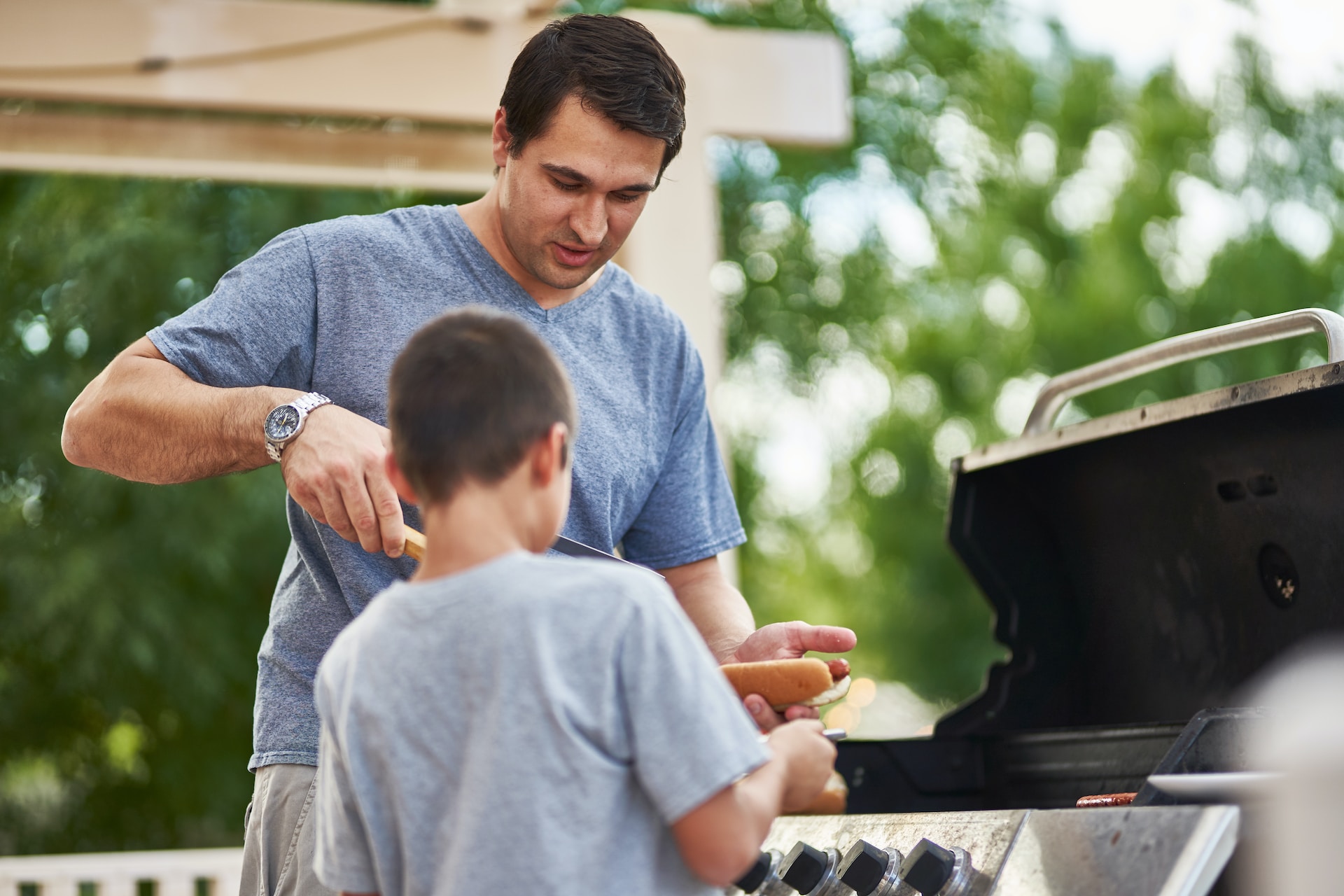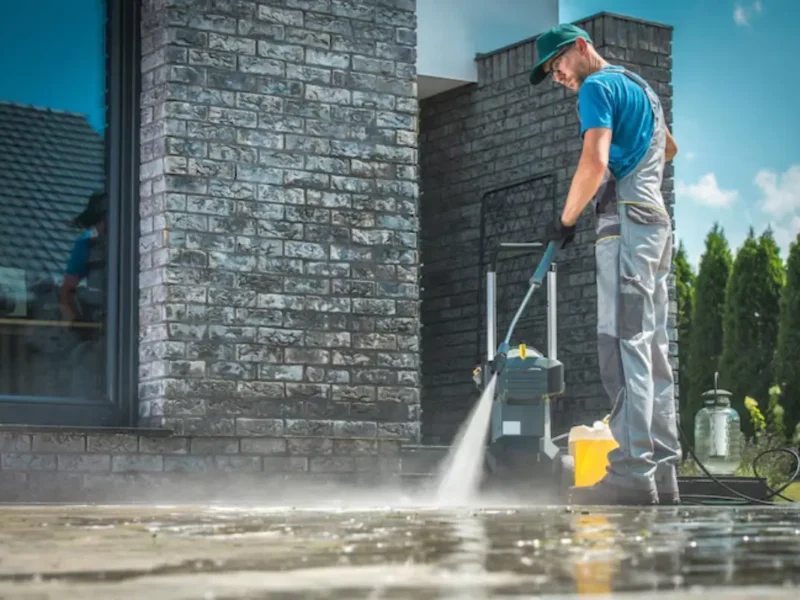Gas grills are a popular choice for outdoor cooking enthusiasts due to their convenience and consistent heat output. However, to ensure your gas grill continues to perform at its best and lasts for many grilling seasons, proper maintenance is essential. In this article, we’ll explore the key aspects of grill maintenance for gas grills and provide valuable insights to help you keep the flames alive.
Understanding the Gas Grill
Components To effectively maintain your gas grill, it’s crucial to understand its various components. Gas grills typically consist of burners, cooking grates, a drip pan, a heat shield or vaporizer bar, a gas line, and a propane tank or natural gas supply line. Knowing how these parts function and interact with one another will help you identify maintenance needs and perform repairs when necessary.
Regular Cleaning of Burners and Grates
The burners and cooking grates are the heart of your gas grill. Regular BBQ cleaning is important because the cleaning of these components is essential to ensure even heat distribution and prevent flare-ups. Start by removing the grates and scraping off any excess food debris. For the burners, inspect for clogs or rust and clean them using a grill brush and a wire brush to remove obstructions. Clean burners and grates not only improve cooking performance but also extend the lifespan of your grill.
Inspecting and Replacing Parts
Over time, various grill components may show signs of wear and tear. Regularly inspect the gas lines for leaks and replace them if necessary. Similarly, the heat shield or vaporizer bar, which protects the burners from drippings, can deteriorate and should be replaced if damaged. Keeping an eye on the state of these parts will help maintain the safety and functionality of your gas grill.
Cleaning the Drip Pan
The drip pan collects grease and food drippings to prevent flare-ups and reduce the risk of fires. It’s important to clean and empty the drip pan regularly to avoid the buildup of flammable residue. After cooking, allow the grill to cool down and remove the drip pan. Dispose of the contents, wash the pan with soapy water, and replace it for the next grilling session.
Inspecting the Gas Supply
For gas grills, ensuring a safe and secure gas supply is of utmost importance. Regularly inspect the gas line, connections, and the propane tank or natural gas supply line for any leaks or damage. If you notice a gas smell or suspect a leak, immediately turn off the gas supply and address the issue. Leaks in gas lines can pose a significant safety risk and should be resolved by a professional.
Preventing and Addressing Rust
Rust is a common issue with outdoor grills, especially in humid or wet climates. To prevent rust, always keep your grill covered when not in use and store it in a dry location during the off-season. If rust does appear on the grill’s exterior or some of its components, address it promptly. Use a wire brush to remove surface rust, and consider applying a heat-resistant paint or rust-inhibiting spray to affected areas to prevent further corrosion.
Maintaining the Ignition System
The ignition system is crucial for starting the grill with ease. Regularly check the igniter, electrode, and wiring for any signs of wear, rust, or damage. Ensure that the igniter produces a visible spark when the grill is ignited. If the ignition system isn’t working correctly, it may need to be repaired or replaced for the grill to function properly.
In conclusion, proper maintenance is key to keeping your gas grill in top condition and ensuring it continues to deliver deliciously grilled meals. By understanding your grill’s components, performing regular cleaning and inspections, addressing issues promptly, and taking care of seasonal storage, you can enjoy many more seasons of outdoor cooking with your trusty gas grill. Whether you’re a seasoned griller or just starting, maintaining your gas grill will help you keep the flames alive and make the most of your outdoor cooking experiences.



